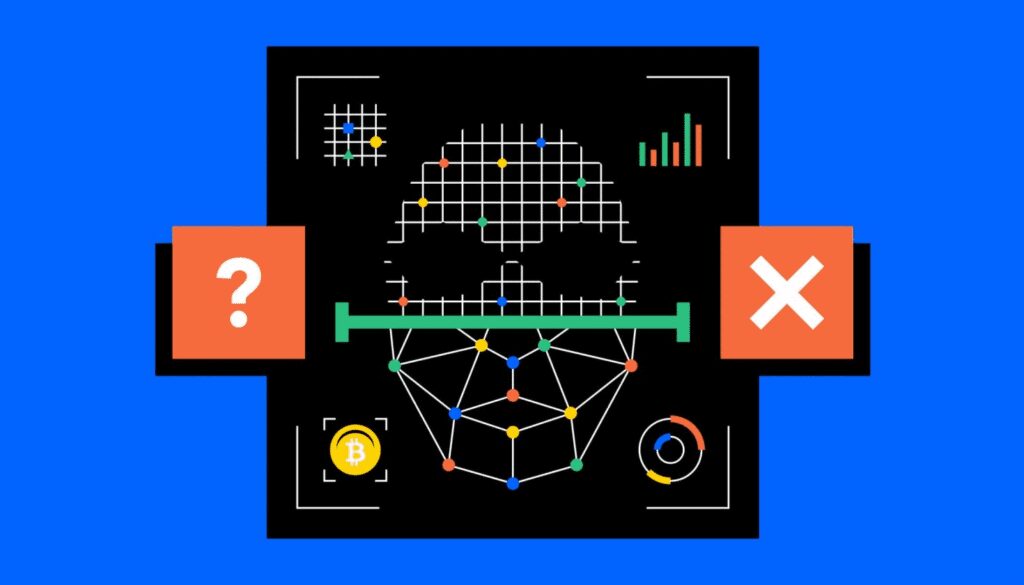From GPU Farms to Blockchain: How AI and Crypto Are Merging into a New Economy
From GPU farms to blockchain, how AI and crypto are merging into a new economy is evident in the transformation of computing resources and financial systems. This article explores how AI’s demand is reshaping GPU use, the rise of decentralized AI networks, and the innovative possibilities of integrating AI with blockchain technology.
Key Takeaways
- GPU farms are transitioning from cryptocurrency mining to supporting AI capabilities, reflecting a significant shift in resource utilization driven by increased AI demand.
- Decentralized AI networks are emerging as a transformative force, promoting open ecosystems and leveraging blockchain technology for enhanced data integrity and accessibility.
- The integration of AI with decentralized finance (DeFi) is creating new opportunities and markets, driving innovation and enhancing security within the crypto economy.
The Evolution of GPU Farms
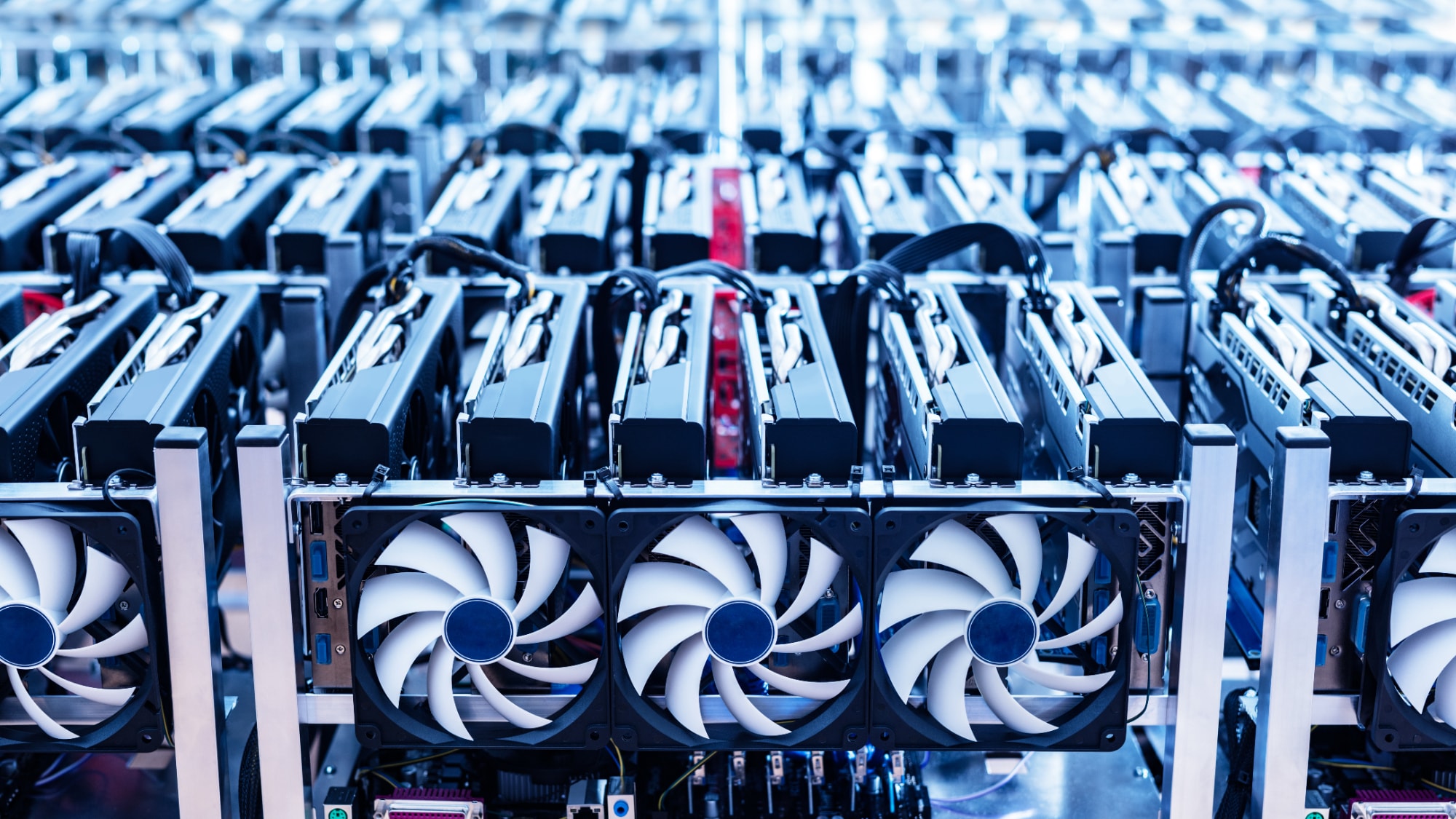
The crypto mining industry has undergone significant transformations over the years, transitioning from a niche activity to a more professional, regulated, and capital-intensive sector. Initially, GPU farms were set up primarily for bitcoin mining and other cryptocurrency mining activities. These mining farms utilized immense computational resources to solve complex algorithms, securing the cryptocurrency networks and earning rewards in the form of new coins.
However, the landscape began to shift with the explosion of AI demand, which created a massive strain on GPU supply chains. The convergence of AI and crypto marked a new dynamic, reshaping the utilization of GPU resources. Companies like Render have expanded their services to include AI model training, indicating the growing intersection between GPU rendering and AI applications. This shift reflects the broader trend of mining entities focusing on efficiency, legal compliance, and sustainability amidst the evolving technological landscape.
One of the most significant milestones in this evolution was the transition of Ethereum from Proof-of-Work (PoW) to Proof-of-Stake (PoS) in 2022. This move not only reduced the energy consumption associated with mining but also prompted many miners to look for alternative uses for their GPU farms. Financial institutions began viewing mining as a digital utility integral to future internet and financial systems, further altering the perception of GPU farms.
Today, GPU farms are increasingly being repurposed to support AI capabilities, reflecting a broader trend of technological convergence. As the demand for AI continues to grow, the relationship between crypto and AI is expected to deepen, leading to new innovations and opportunities in both fields.
Decentralized AI Networks: The New Frontier
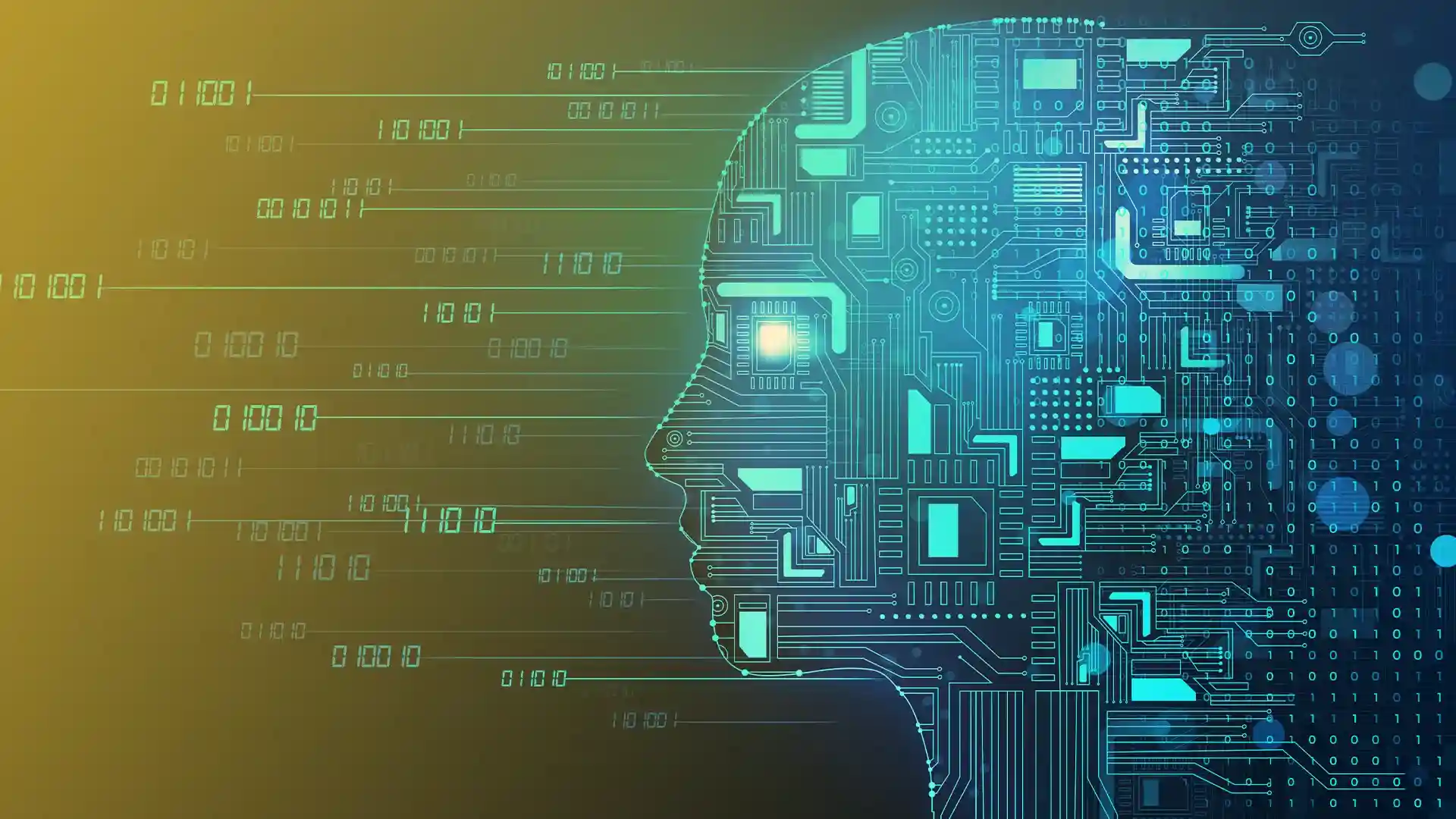
Decentralized AI is emerging as a powerful force, moving intelligence away from the monopolies of Big Tech and towards more open, accessible ecosystems. Projects like Bittensor and Fetch.ai are at the forefront of this transformation. Bittensor, for instance, is creating a decentralized marketplace for AI algorithms, allowing for the analysis and learning from distributed data, leading to tamper-proof outcomes.
Fetch.ai is another pioneer in this space, enhancing legacy systems and providing access to secure datasets, enabling autonomous task execution. These decentralized networks leverage blockchain technology to ensure transparency and data integrity, essential components for the effective deployment of AI. Integrating AI with blockchain networks, these projects lay the groundwork for a new era of decentralized intelligence, riding the ai wave.
The convergence of AI and blockchain technology offers numerous benefits. AI provides the opacity needed for sophisticated decision-making, while blockchain technology excels at data storage and tracking, ensuring transparency and trust. This partnership is poised to revolutionize various industries, from finance to healthcare, by creating decentralized networks that can operate without centralized control.
The role of decentralized AI networks in shaping the next generation of technology is significant. These networks:
- Enhance AI capabilities
- Democratize access to AI resources
- Foster innovation
- Drive the adoption of decentralized intelligence across various sectors.
AI-Powered Blockchain Platforms
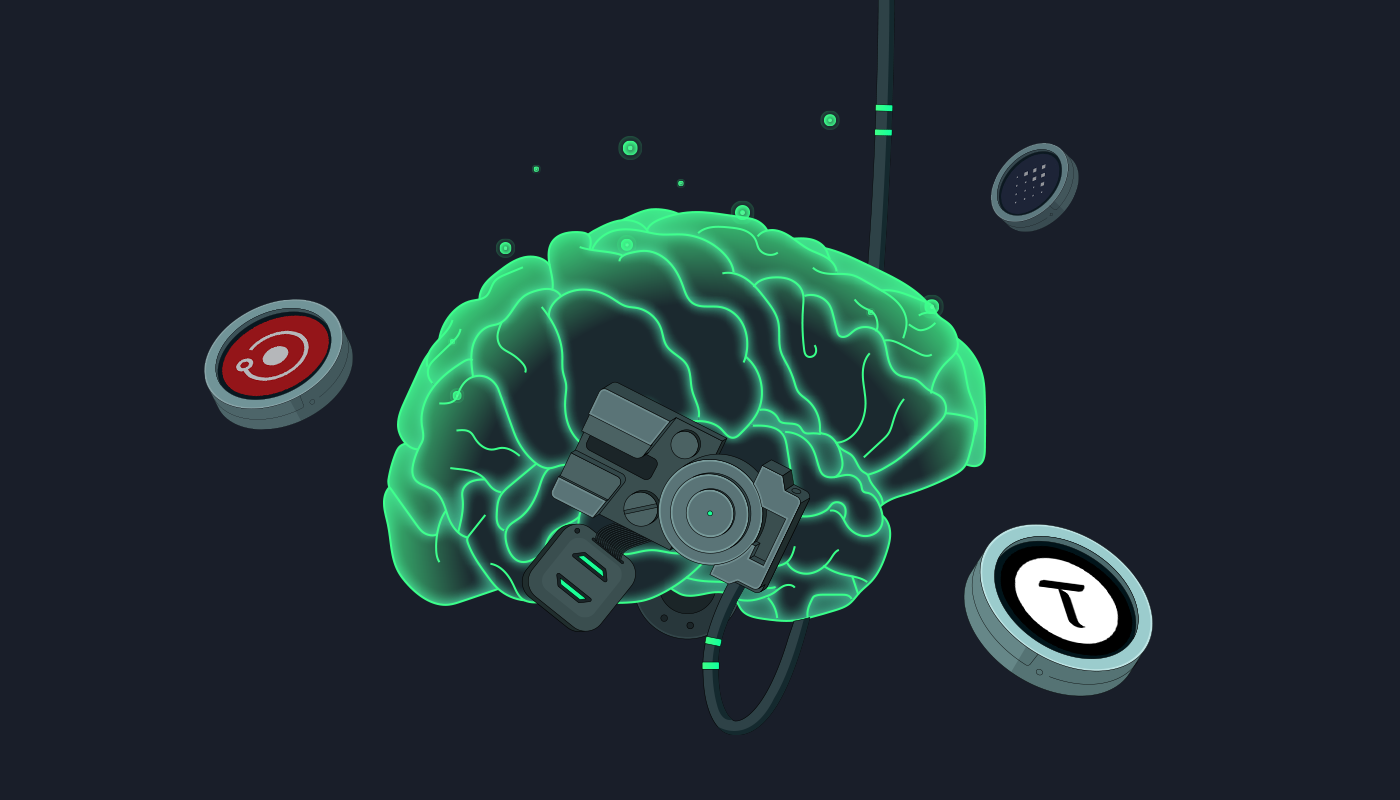
AI-powered blockchain platforms intersect two of the most transformative technologies of our time. These platforms leverage the strengths of both AI and blockchain to create powerful, efficient, and transparent systems. NEAR Protocol, for instance, allows for fast transactions with a finality time of under one second, making it highly suitable for AI workloads.
The Internet Computer aims to reinvent the internet through decentralized cloud hosting, offering significant benefits for hosting AI applications:
- It provides a decentralized alternative to traditional cloud providers.
- Platforms like DeepBrain Chain offer AI computation at a fraction of the cost, making it an economically viable option.
- The market cap of AI-focused crypto projects is projected to exceed $33 billion by 2025, indicating the growing importance of this sector within the economy and highlighting the role of crypto decentralization.
Public blockchain data provides valuable training data resources for AI models, enhancing their learning processes. The transparency and tamper-proof quality of datasets on blockchains improve trust in AI algorithms, making these platforms ideal for developing and deploying AI technologies. The Render Network, for example, connects users needing computing power with individuals who have idle GPUs, facilitating efficient resource usage. Additionally, external data can further enrich these datasets, leading to improved AI outcomes.
The integration of AI and blockchain technology will continue to drive innovation and reshape the crypto landscape. These platforms are not only enhancing the capabilities of AI but also creating new opportunities for decentralized networks, AI developers, and the broader crypto economy.
Autonomous Economic Agents
Autonomous economic agents (CAIA) are set to revolutionize industries by automating workflows and financial decisions. These agents can generate, exchange, and reinvest value in real-time, reducing the need for human oversight and improving efficiency. They operate on platforms such as Ethereum, Solana, and Avalanche, utilizing blockchain technology to support their autonomous, goal-oriented behavior.
The capabilities of CAIA include identity management, autonomy, and financial transactions management in economic transactions. They can enhance responsiveness and efficiency within supply chains through automation and real-time data. The architecture of CAIA is designed to support learning, reasoning, and adapting to new situations, making ai systems highly versatile and effective.
The emergence of agent-native marketplaces signifies the beginning of a machine-to-machine economy, where autonomous agents manage and monetize workflows within tokenized economies. These ai agents are not only transforming existing economic models but also creating new opportunities for decentralized intelligence and machine learning innovation.
As we look towards the future, improvements in CAIA governance will lead to more inclusive financial inclusion, data-driven, and automated decision-making processes through data analysis. The potential for CAIA to reshape ambitions across industries, systems, and borders is immense, and their impact will be felt across various sectors.
AI in DeFi: A Game Changer
The integration of artificial intelligence into decentralized finance (DeFi) is a game changer. AI technologies are transforming DeFi by applying automation and intelligence to enhance trading strategies and risk management. This fusion is creating new markets such as tokenized AI models and decentralized applications, driving innovation within the crypto economy.
AI enhances security in DeFi by detecting fraud, anomalies, and governance risks, ensuring safer transactions. Decentralized finance relies on open-source protocols and modular frameworks, which are enhanced through AI’s efficiency and transparency. The continuous development of ai applications and ai development within DeFi is expected to further drive the adoption and growth of decentralized financial systems.
As AI continues to evolve, its impact on DeFi will only grow stronger, creating new opportunities and challenges for the crypto economy. This technological convergence is not only enhancing the capabilities of DeFi but also reshaping the landscape of financial services.
Tokenized AI Models and Marketplaces
Tokenized AI models are creating new economic models by involving ownership, fractional investment, and the creation of new markets for AI intellectual property. Platforms like SingularityNET allow developers to list AI models and services in an open marketplace, promoting decentralized access to AI resources. This democratization of AI is fostering innovation and driving the adoption of decentralized AI technologies.
Ocean Protocol addresses the data access bottleneck in the AI industry through its open, tokenized path towards democratized data sharing and governance. By providing a platform for secure and transparent data exchange, Ocean Protocol is enhancing the capabilities of AI models and promoting the growth of decentralized data marketplaces.
The potential for tokenized AI models and machine learning models to transform industries is immense. These models are not only creating new opportunities for AI developers and businesses but also driving the adoption of decentralized intelligence across various sectors.
AI Data Centers and Cryptocurrency Mining
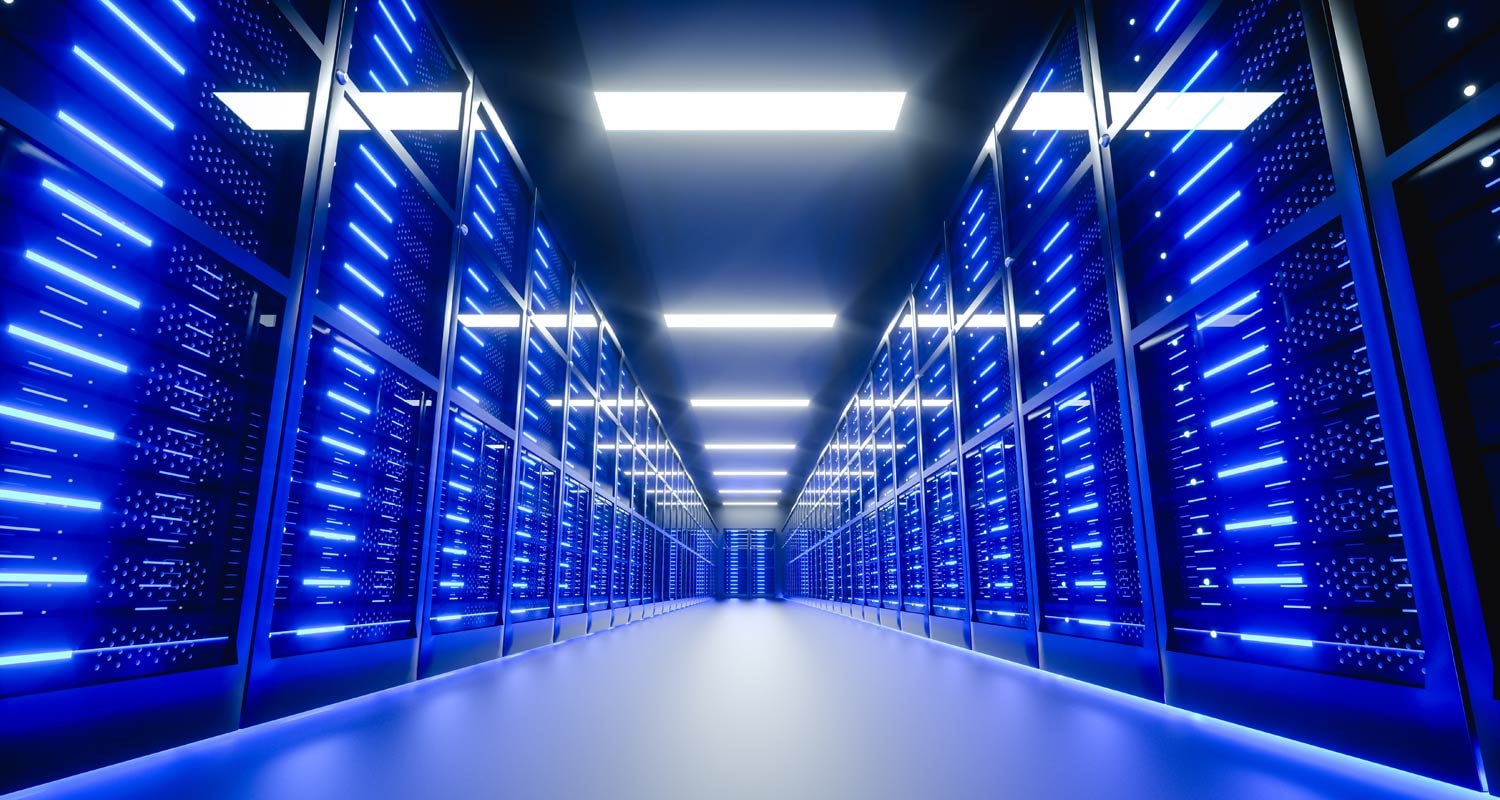
By 2025, the mining industry will transition from cryptocurrency mining to AI data centers. Companies like CoreWeave have transformed from Ethereum mining to AI infrastructure to adapt to changing market conditions. Bitfarms is also evaluating the conversion of its mining facilities for AI data centers, reflecting the broader trend of diversification within the crypto mining industry.
The increased demand for AI is tightening GPU supply chains as crypto miners pivot towards AI-focused operations. Mining companies are diversifying their business models in response to fluctuating cryptocurrency markets by:
- Using hedging strategies and financial products to stabilize earnings
- Utilizing platforms like Luxor, which offer hashrate futures
- Accessing tools to manage financial risks through these platforms
Institutional interest in cryptocurrency mining is growing, with 16 mining firms listed on NASDAQ as of early 2025. This increased institutional interest is driving the professionalization and regulation of the mining sector, further shaping the evolution of GPU farms.
The shift towards AI data centers will continue to drive innovation and reshape the mining industry. This trend reflects the broader convergence of AI and crypto, creating new opportunities for technological advancement and economic growth.
The Role of Smart Contracts in AI Integration
Smart contracts are playing a crucial role in integrating AI into ai blockchain ecosystems. These automated, trustless operations enable seamless interactions between AI and blockchain technology. Platforms like Oraichain facilitate AI integration by calling AI APIs and handling AI-driven decisions, allowing validators to run AI models and return results. Additionally, a smart contract auditing is essential to ensure the reliability and security of these automated processes.
Cortex incorporates AI model inference directly into smart contracts using its Ethereum-compatible virtual machine, enhancing interactions with AI capabilities. In the future, smart contracts are expected to evolve into dynamic entities that can adapt and optimize processes in response to AI-driven data. This evolution will further enhance the integration of AI and blockchain technology, driving innovation and efficiency across various sectors.
The role of smart contracts in AI integration will continue to grow, creating new opportunities for decentralized intelligence and technological advancement.
Energy Consumption and Environmental Impact
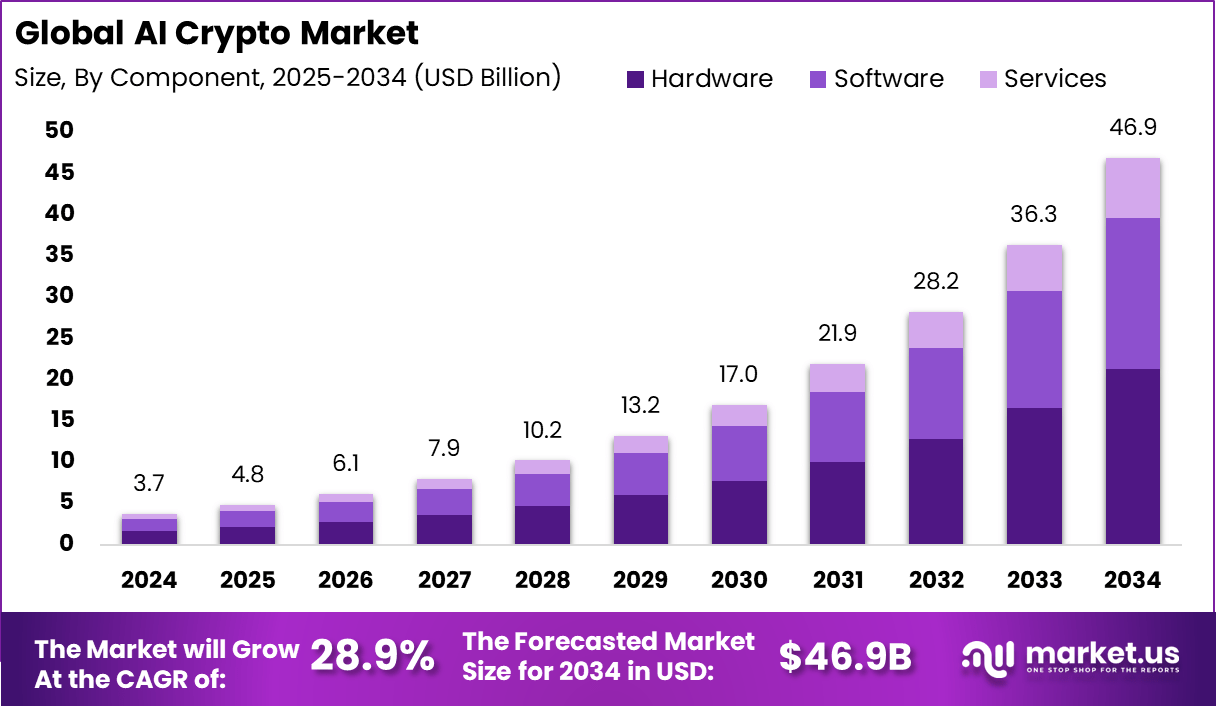
Energy consumption in AI and crypto operations is a critical concern, impacting the environment and sustainability. Miners are adopting demand response strategies to manage electricity consumption during peak periods. Marathon Digital Holdings, for example, is generating power using excess natural gas to reduce reliance on grid electricity, reflecting the broader trend of sustainable energy practices within the mining industry, while also considering compute power efficiency.
In Texas, mining operations are contributing to increased grid curtailments due to excessive demand on energy resources. This highlights the need for more sustainable energy solutions and efficient management of computing power.
Addressing the energy consumption and environmental impact of AI and crypto operations is crucial for the sustainable growth of these technologies. This will require innovative solutions and strategic planning to balance technological advancement with environmental sustainability.
Key Challenges and Future Trends
The integration of AI and crypto faces several key challenges and future trends:
- Training large AI models on-chain is still prohibitively expensive, limiting integration opportunities.
- Regulatory clarity poses significant challenges in the crypto space.
- There is a demand for clearer frameworks to ensure compliance and security.
Investors and users must exercise serious due diligence when dealing with AI tokens to mitigate risk. The potential for dangerous developments in AI is forecasted within the next five years, highlighting the need for cautious and responsible innovation.
Emerging trends include more AI-powered decentralized finance, autonomous agents, and tokenized AI marketplaces, reflecting market trends in the rapid expansion and evolution of the AI and crypto sectors. The mainstream adoption of AI-powered features is anticipated in the Web3 landscape by mid-2025.
The intersection of AI and blockchain technology is expected to be worth over $2.7 billion by 2031, indicating immense potential for growth and innovation. The rapidly unfolding reality for AI and crypto integration will continue to drive technological advancement and reshape various industries.
Summary
In summary, the convergence of AI and crypto is creating a new economic paradigm with immense potential for innovation and growth. From the evolution of GPU farms to the rise of decentralized AI networks, AI-powered blockchain platforms, and autonomous economic agents, these technologies are reshaping industries and driving the adoption of decentralized intelligence.
As we move forward, addressing key challenges such as regulatory uncertainties, energy consumption, and the cost of training large AI models will be crucial for the sustainable growth of these technologies. The future of AI and crypto integration is bright, offering unprecedented opportunities for technological advancement and economic growth.
Frequently Asked Questions
What are GPU farms, and how are they evolving?
GPU farms are clusters of Graphics Processing Units primarily used for cryptocurrency mining, now evolving to support AI applications in response to increasing demand. This shift highlights their versatility and importance in modern computing environments.
What are decentralized AI networks?
Decentralized AI networks enable AI systems to analyze and learn from data in a distributed manner, ensuring more tamper-proof outcomes and promoting openness and accessibility beyond centralized control. This shift enhances collaboration and innovation in AI development.
How do AI-powered blockchain platforms work?
AI-powered blockchain platforms integrate AI and blockchain technologies to enhance efficiency and transparency, allowing decentralized networks to support and improve AI workloads. This combination maximizes the capabilities of AI models.
What are autonomous economic agents (CAIA)?
Autonomous economic agents (CAIA) are AI-driven entities that independently manage workflows and financial decisions, primarily on blockchain platforms, enhancing efficiency and minimizing the necessity for human oversight. This technology is poised to transform various industries.
What are the key challenges in integrating AI and blockchain technology?
Integrating AI and blockchain technology presents challenges such as the high cost of training large AI models on-chain, regulatory uncertainties, and potential security risks. Overcoming these obstacles is essential for achieving sustainable progress in both fields.

